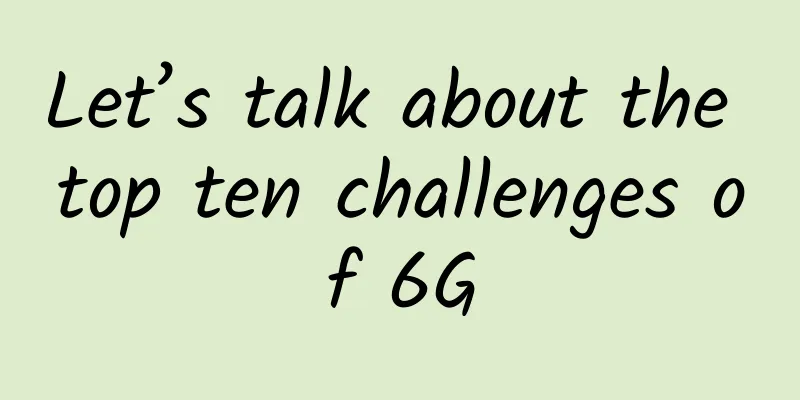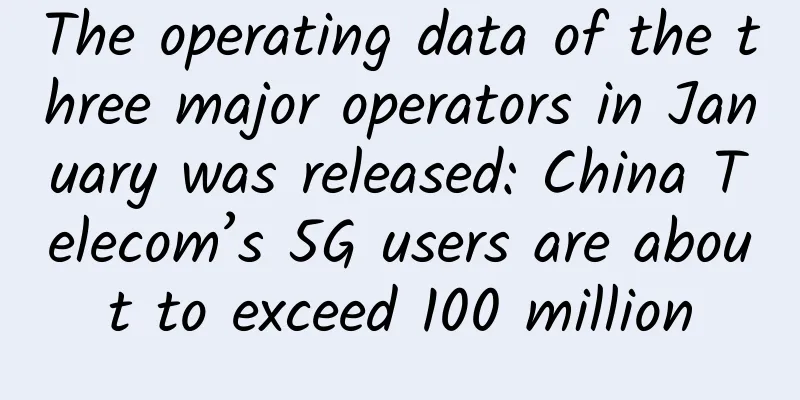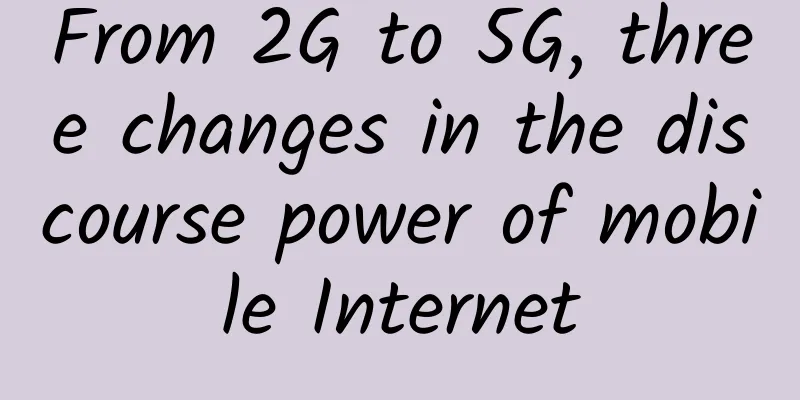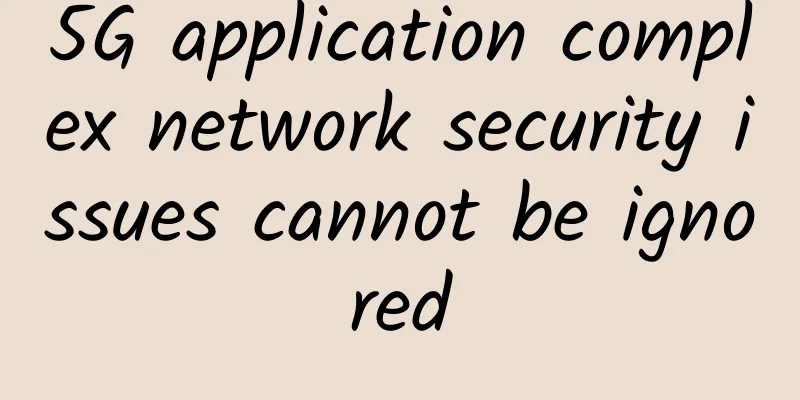Beware of these pitfalls when buying wireless routers: Gigabit Ethernet ports and 5GHz are the most critical
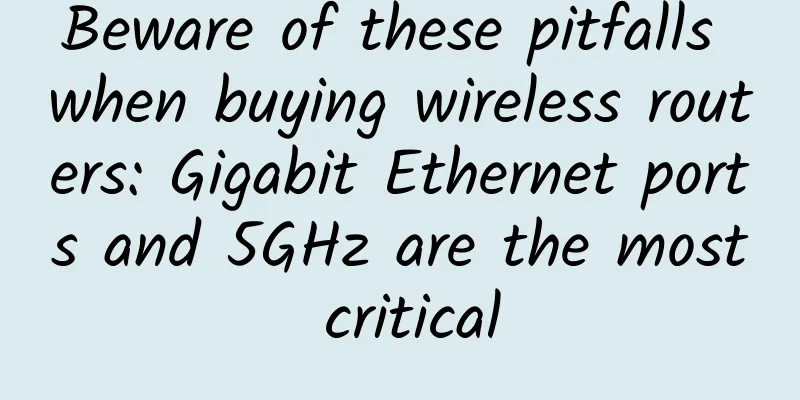
|
315 is coming soon, and various consumer rights protection events have become the protagonists, and anti-counterfeiting is the ever-changing theme of 315. Today we are going to talk about the word games printed on the packaging of wireless router manufacturers. When choosing a wireless router, we often see words such as "Gigabit", "Dual Band", "Wall Penetration King" printed in obvious positions, which have a visual impact on consumers, but when we buy it home, we find that it is not so easy to use. When buying a wireless router, be careful of the following three lies, don't bring electronic waste home.
Gigabit Myth: "Full Gigabit" and "True Gigabit" Are Difficult to Understand Products that can provide "Gigabit network" transmission and "optical fiber is essential" are products launched by manufacturers for consumers with home broadband of 100M and above. As broadband speeds increase and fees decrease, broadband packages in many cities have started at 100M. Only wireless routers equipped with Gigabit network ports can bring out the full power of 100M and above broadband. If the home broadband is 200M and the network port of the router is 100M, the maximum speed can be 100M. Pay attention to whether the network port is a Gigabit network port Some manufacturers have come up with the idea of using the word "gigabit network". For example, some claim to be "gigabit routers", but in fact they are equipped with 100M network ports and the wireless network rate is 300Mbps+867Mbps. So how can it be called a "gigabit" router? Because the maximum wireless transmission rate is 1200Mbps in the case of dual-band concurrency, they call their products gigabit routers. This is a big pit that people can easily fall into. It is the 5GHz band, not 5G Another pitfall is about 5GHz. In the manufacturers' publicity, we often see the term dual-band wireless router. From a correct perspective, a dual-band wireless router has two frequency bands, 2.4GHz and 5GHz, for consumers to use. Some manufacturers may hide the word "Hz" in 5GHz in their publicity and directly indicate the 5G frequency band, which makes it easy for people to confuse it with the very popular concept of 5G in mobile communications. Consumers may think they have purchased a faster 5G router. However, the real 5G router has not yet been officially put into commercial use. Consumers must be clear about the concept and be careful not to fall into the trap. There is no wireless router that can penetrate walls. "The best router to penetrate walls", "a router that can penetrate walls better"... When consumers see these words, they often feel that they are being stabbed. Because the wireless signal in the home cannot fully cover the whole house, it has always been a headache for them. Therefore, some unscrupulous manufacturers have started to tamper with the strength of the wireless signal. The router transmission power is the most important factor affecting the wireless signal The strength of wireless signals is mainly determined by the transmission power of the wireless router. Wireless routers sold in China should comply with national standards, that is, the transmission power should not exceed 100μw. Illegal manufacturers' wall-penetrating kings will privately increase the transmission power of wireless routers instead of improving the signal strength by improving the signal algorithm. Excessive transmission power will increase the radiation value, and even worse, it will affect the health of users. Summarize: Wireless routers are now a must-have for every household. With the national policy of increasing speed and reducing fees, the trend of replacing wireless routers has arrived. Therefore, unscrupulous manufacturers use the above word games to confuse consumers and make profits. Consumers should always keep their eyes open to avoid being deceived. |
>>: Spring is coming, the cancellation of data roaming charges? Beware of scams
Recommend
Seven key developments for SD-branch in 2020
In the next few years, the connection of remote b...
Tong Yongyue of Yunfan Accelerator: Deconstructing CDN and Returning to the Original Intention
The 2017 Asia-Pacific CDN Summit was held in Beij...
Why Microsoft's acquisition of Nuance is a big deal
[[394293]] Microsoft recently announced that it w...
Age and technology determine building control lifespan
The average lifespan of an American car is about ...
Number portability experience report: the process and risks are all revealed
This article has time and regional limitations. T...
What is WebDAV protocol? Do you know?
This article will introduce the basic concepts, a...
Yecaoyun Hong Kong High Defense VPS, starting from 122 yuan/month-dual core/2GB/15G SSD/5M/50G defense
Yecaoyun recently launched a new high-defense VPS...
Tongyou Technology will make further efforts, and "autonomous and controllable" masterpieces will be released soon
This year, "Digital China" was written ...
The Internet of Things in the Eyes of Operators: From 0 to 300,000, and then to the stars and the sea
In the forecast of the Internet of Things with tr...
Briefly describe the four key indicators of network performance: bandwidth, latency, jitter, and packet loss rate
1. Bandwidth (1) Basic concepts Bandwidth refers ...
F5 Future
[51CTO.com original article] Expert introduction:...
What are the deployments and arrangements for 5G in 2022? MIIT responds
On January 20, the State Council Information Offi...
5G may disappoint consumers because it has no other advantages except fast speed
Less than four years after the issuance of 4G lic...
5 Network Troubleshooting Software, Which One Do You Use?
By using a handy network troubleshooting app, you...


